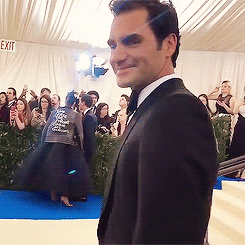Tennis_Hands
Banned
04-07 wasn’t stat padding. Federer beat many quality contemporaries and also held off up coming world class young players.
If they had their prime at same time as Fed, they’d nowhere near 5 Wimbledon or 4 USO that’s for sure. Fed drew the short straw.
Federer dominated till early 2010 despite exiting his peak in 2007, so I don't know what people that talk as though 2007 was the last year when Federer was the leading player are smoking.












